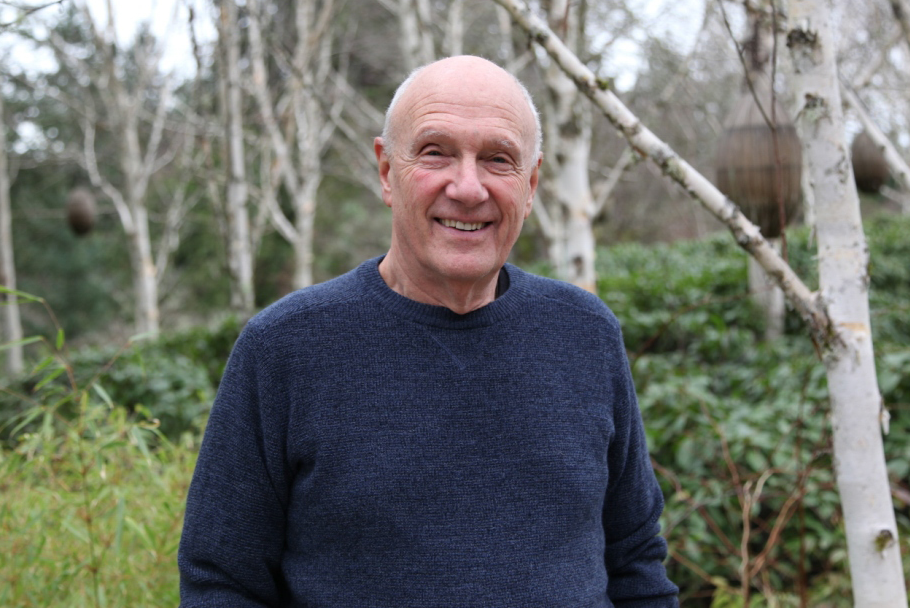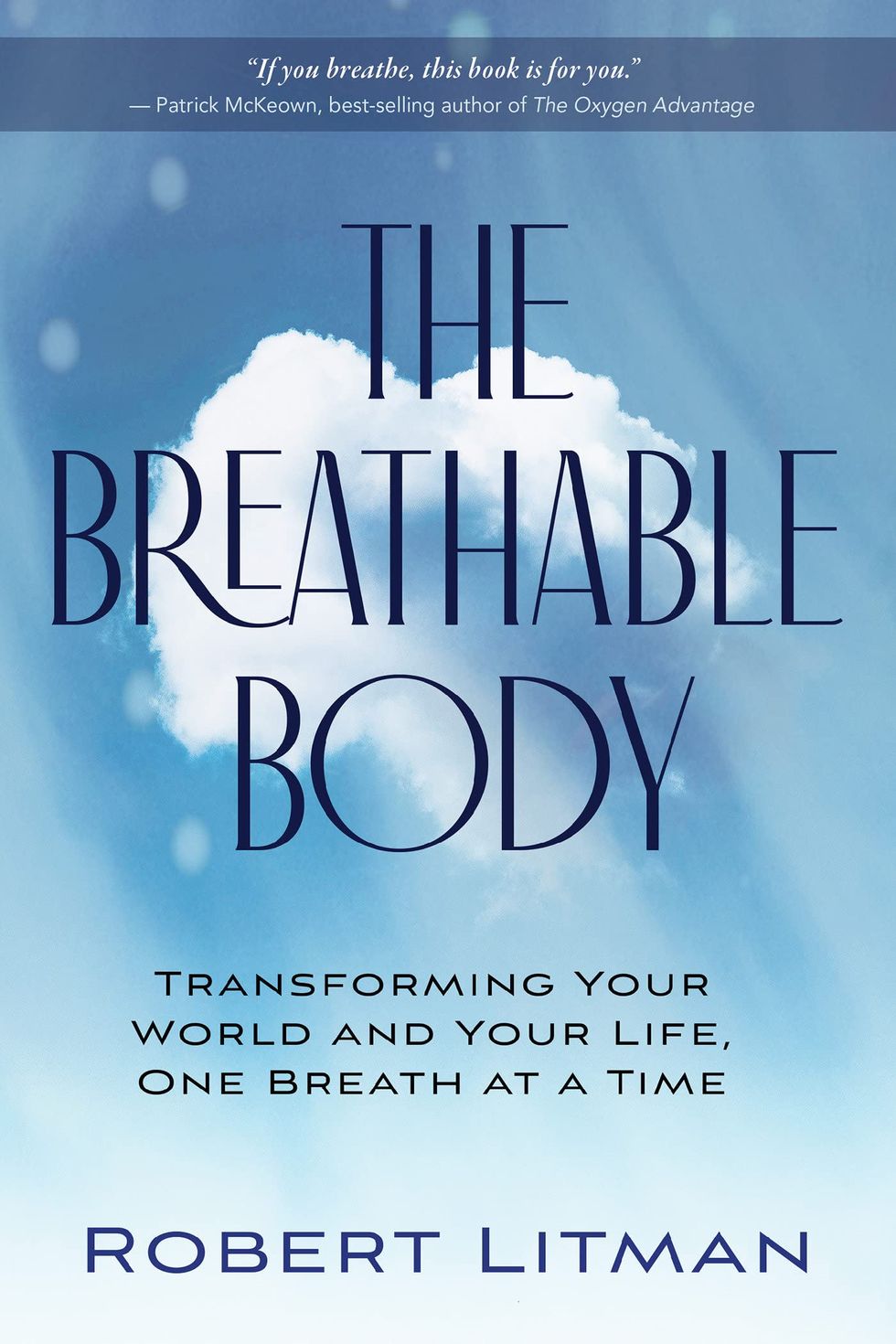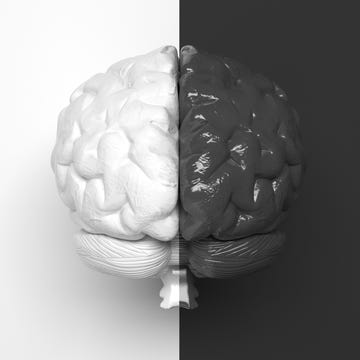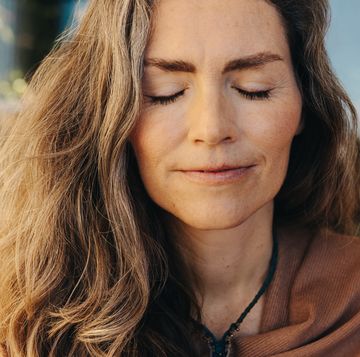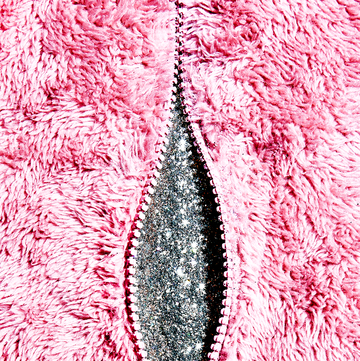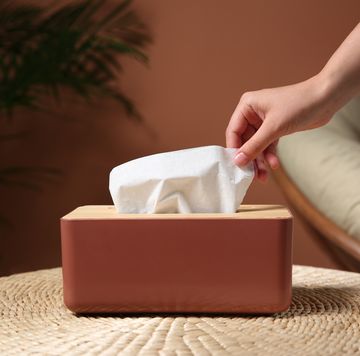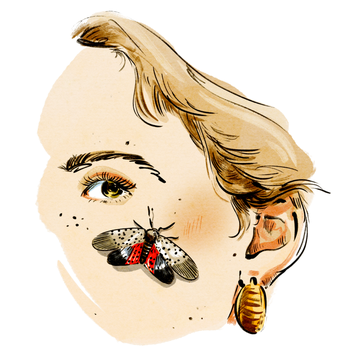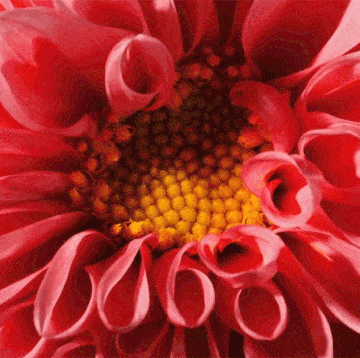I teach the art and science of breathing. The art of breathing is to participate with breath in the movement of life. The science of breathing teaches the value of why and how breathing nourishes our organism for better health. Together, they allow us to experience and learn from the breath flowing within us right now.
We breathe with our whole body, not just with our nose or our lungs. Most people are born able to breathe in harmony with the needs of their cellular life and metabolic activity. But when our emotional or other primary needs are not met, we adopt strategies for protection, and our breathing changes to guard the tender tissues of our vulnerable places.
These feelings are “held” in locations throughout the body, and we consciously or unconsciously expend a lot of energy keeping them “buried” in those places. When we begin to notice breath’s behavior, we can discover what’s going on beneath the surface that needs to be resolved so we can breathe more easily. Practicing this way changes how we breathe and opens us to the joy of being engaged with life.
More From Oprah Daily

Over the past three decades, I have moved from teaching techniques to encouraging awareness. Techniques can alleviate symptoms, and we won’t suffer as much. But for change to take hold, we need to allow our bodies and our breathing to show us what they need and want. Yoga instructors, bodyworkers, and other healthcare practitioners may suggest that we breathe into a particular place in our body to gather more information or to soothe places that hurt. The idea is sound, but I’d like to modify that suggestion: Try breathing with rather than into, and see what happens. To me, breathing with establishes a collaborative connection between breath and body, and opens a relationship with the layers of meaning within us.
When breath goes to a painful place, it brings movement and nourishment. Instead of our pain being an object to “fix,” breath becomes an ally, joining with awareness in a process of discovery. When we breathe with a place in our body, we can be present, as with a friend, and receptive to receiving a message of how that place wants to be moved or touched or held.
Take a moment and breathe into a particular place in your body, perhaps someplace that feels tight or hurts. After a few minutes, try breathing with the same place and see if you feel more connection. Does “breathing with” change your relationship with that place, and perhaps with your whole body? Once we learn to stay present with sensations, our relationship with pain and with our breathable body deepens, encouraging breath’s healing powers.
Each breath travels through us in a unique way depending on its flow, texture, speed, and patterning, as well as the physical structure and posture of the body. Waves of breath travel through our airways in a spiraling motion. That is the way oceans, rivers, and lakes move too. When we hold excess tension, we block this movement.
As I mentioned, most people are born with the ability to breathe freely and naturally, but as the years go by, our breathing can become labored—compromised by disease, fear, disappointment, trauma, and toxins in the air. As a result, defenses express themselves in muscle contraction or laxity, along with shallow or erratic breathing. Over a lifetime of compromises, our breathing capacity becomes less than full.
Consciously breathing with our body helps us know when we are operating fluidly and when we’re holding, bracing, or shutting down. Breathing with isn’t a technique or a template; it’s an invitation to notice what we need for well-being to return. The inner life of the body is always shifting, according to circumstances. Every breath comes and goes; no two breaths are alike.
Exploring our inner landscape brings both pleasure and pain, tension and ease. Sometimes we need to stop and take a break in order to restore ourselves and self-soothe. I have been practicing this way for decades, and I discovered that what I was most unable to tolerate was not just the darkness and shame but my inner beauty, tenderness, and self-worth. My mother once asked, “What happened to that sweet boy?” and I had no idea that I had buried him.
Breathing with the subtle movements of these tender areas, we may slowly reconnect and integrate these vulnerable places back into our wholeness, where they belong. After patiently pursuing the tight spots in my body through breath, the sweet boy is back. I wasn’t trying to “fix” anything; I just learned to breathe with what is, and I came face-to-face with many shamed and discarded parts of myself. Touching my inner body tenderly with breath, I have regained the treasure of my wholeness, and my life.
Excerpted from The Breathable Body, by Robert Litman. Published by Hay House, Inc. Copyright © 2023.
Any content published by Oprah Daily is for informational purposes only and does not constitute medical advice, diagnosis, or treatment. It should not be regarded as a substitute for professional guidance from your healthcare provider.
Robert Litman hosts our “The Life You Want” Class on the art and science of breathwork. You will come away with a tool kit of simple breathing techniques to help with stress, anxiety, sleep, asthma, and more. Become an Oprah Daily Insider now to get access to this conversation and the full “The Life You Want” Class library.


